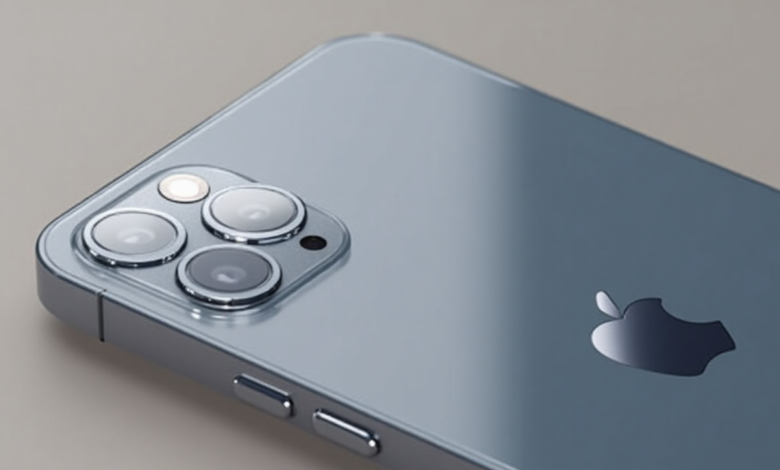What the iPhone Air Could Mean for Entry-Level iPhones

As Apple continues to innovate, rumors of a new “iPhone Air” model have sparked excitement about how the company might redefine its entry-level lineup without compromising on performance or design. This guest post explores the potential impact of an iPhone Air on budget iPhone users, examines the technological leaps it could introduce, and considers how Apple could position this device within its broader product ecosystem.
1. The Evolution of Entry-Level iPhones
Since the original iPhone SE, Apple’s approach to entry-level smartphones has focused on marrying flagship features with accessible pricing. Key milestones include:
- iPhone SE (1st gen) (2016): A compact form factor with A9 processor, borrowing design cues from the iPhone 5s.
- iPhone SE (2nd gen) (2020): A modern A13 Bionic chip inside the classic home-button chassis.
- iPhone SE (3rd gen) (2022): 5G connectivity and A15 Bionic power, affirming Apple’s commitment to performance at an affordable tier.
Each iteration delivered a taste of flagship performance while maintaining a lower price point. However, the design largely remained rooted in older iPhone generations, leaving room for a fresh, modern approach.
2. What the iPhone Air Means for Affordability
Introducing an “iPhone Air” could represent Apple’s boldest move yet into the budget segment. By leveraging advanced manufacturing techniques and economies of scale, Apple might:
- Streamline production with a unibody glass design
- Deploy efficient under-display components that reduce part count
- Offer tiered storage and color options to suit diverse budgets
This strategy mirrors how the “Air” moniker revolutionized Apple’s laptops, establishing a high-value offering that undercuts traditional pricing expectations without feeling “watered down.”
3. A Seamless, Future-Ready Display
One of the most tantalizing rumors centers on Apple’s vision for a bezel-less, unified glass surface.
According to a rumor report from Apfelpatient, Apple’s adoption of LTPO3 OLED technology won’t be limited to the iPhone Air models. By 2027, the entire iPhone lineup is expected to feature LTPO3 OLED panels, enabling advanced capabilities like under-display Face ID and dynamic refresh rates up to 120 Hz. This shift represents a major step forward in Apple’s display roadmap, with the “iPhone 19 Pro” possibly being the first to offer a truly seamless, all-screen experience.
If under-display sensors become mainstream in the iPhone Air, even entry-level users will benefit from:
- A truly edge-to-edge visual experience
- Enhanced water and dust resistance
- Reduced mechanical complexity (no notches or cutouts)
These upgrades could democratize premium design, making a bezel-free front panel the new standard across all iPhone tiers.
4. Navigating Apple’s Market Positioning
Beyond hardware, successful product launches hinge on coherent branding and messaging. For the iPhone Air, Apple will likely refine its go-to-market approach:
- Value proposition: Emphasize flagship-inspired features at an accessible price.
- Channel strategy: Expand carrier partnerships in emerging markets.
- Ecosystem integration: Bundle services like Apple Arcade or iCloud+ discounts.
A keen understanding of Apple’s promotional playbook—often studied under the broader umbrella of Apple marketing strategy—will be crucial. By leveraging aspirational advertising and targeted online campaigns, Apple can ensure the iPhone Air resonates with both first-time buyers and budget-conscious upgraders.
5. Benefits for Consumers and Developers
The introduction of an iPhone Air could catalyze positive ripple effects:
- For Consumers
- Access to advanced chipsets (e.g., A17 or later Bionic variants).
- Modernized camera systems with Smart HDR and computational photography.
- Extended software support—even budget models would receive iOS updates for years.
- For Developers
- A larger install base running the latest hardware features.
- Opportunities to optimize apps for under-display technologies and improved graphics.
- Consistency across entry-level and flagship models reduces fragmentation.
Conclusion
An iPhone Air promises to reset expectations for entry-level iPhones, blending cutting-edge design with performance that rivals yesterday’s flagships. By democratizing features like under-display Face ID and embracing a sleek all-glass aesthetic, Apple could deliver unparalleled value to budget-minded customers. As the rumor mill churns toward 2027, one thing is clear: the “Air” philosophy may soon lift the entire entry-level lineup to new heights.





